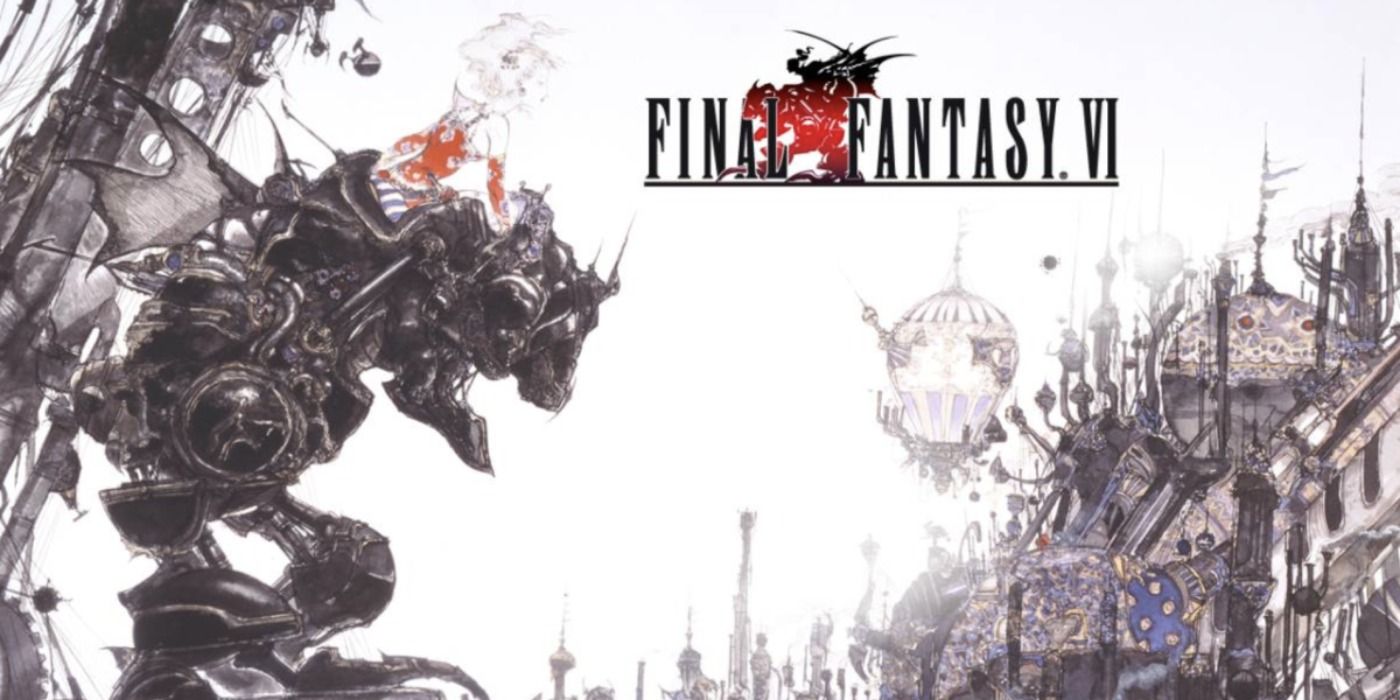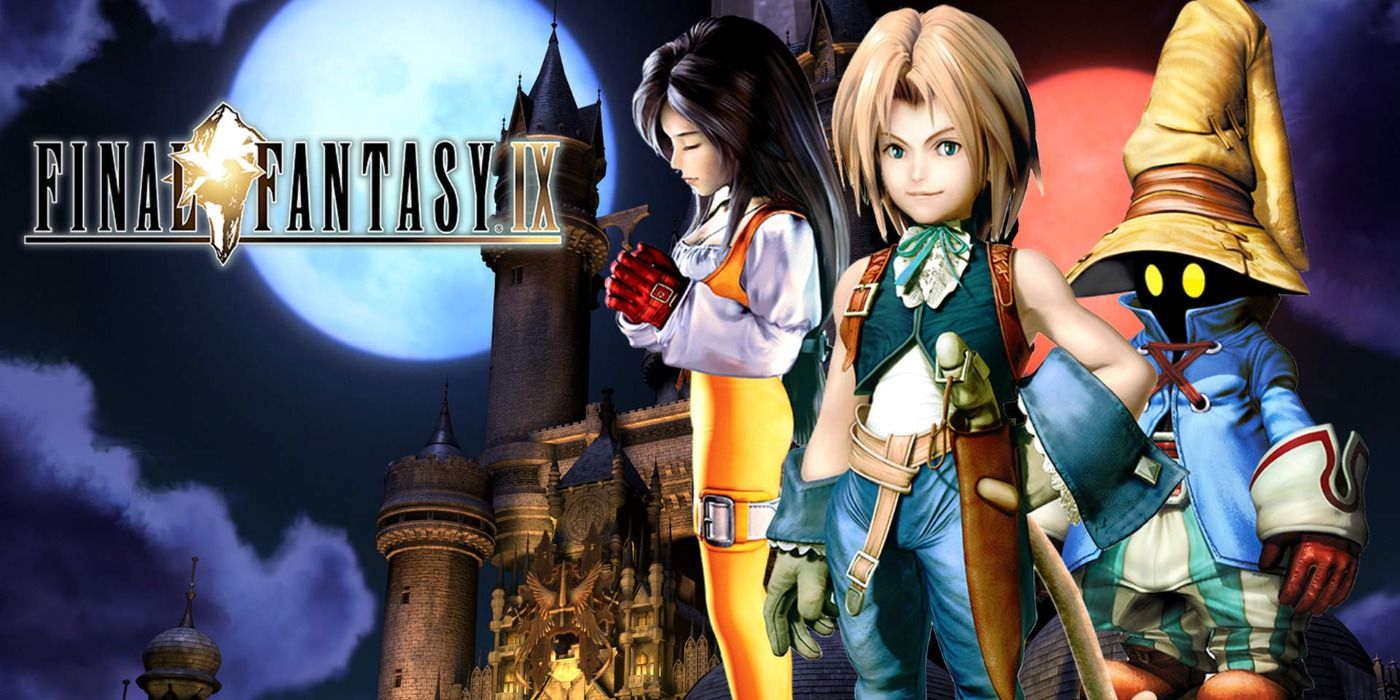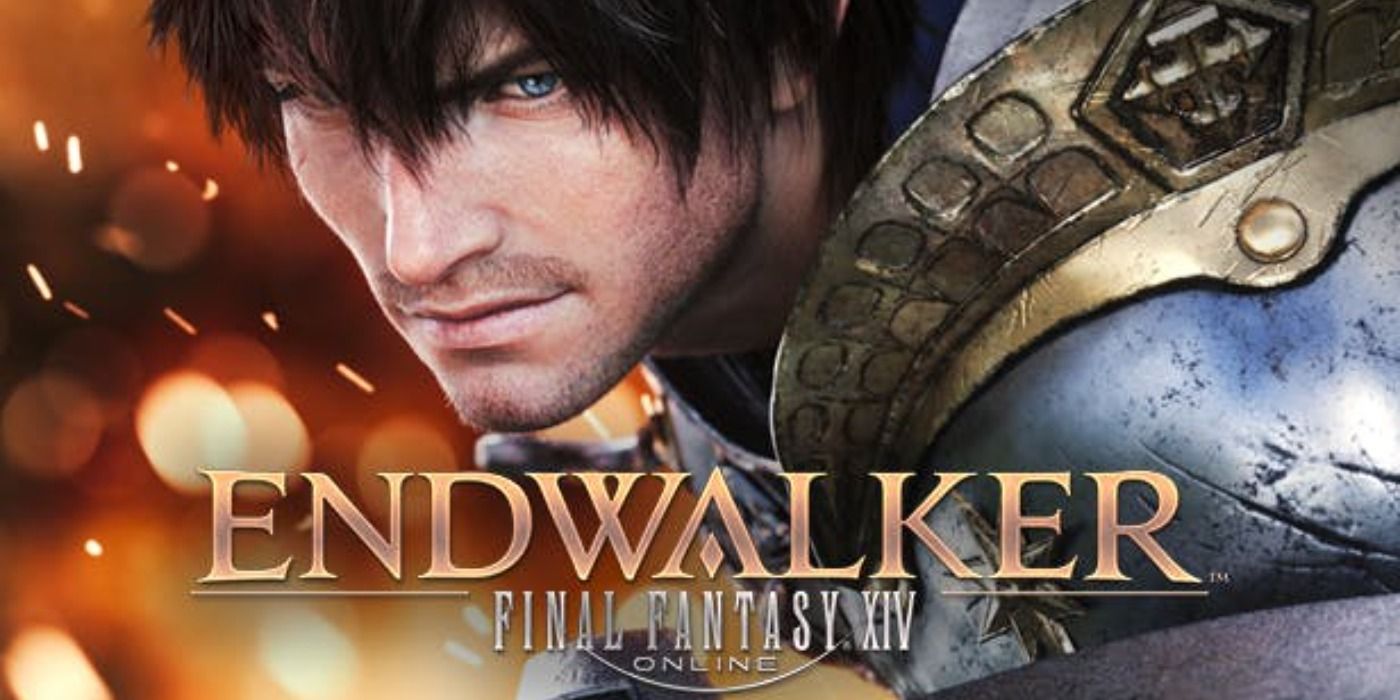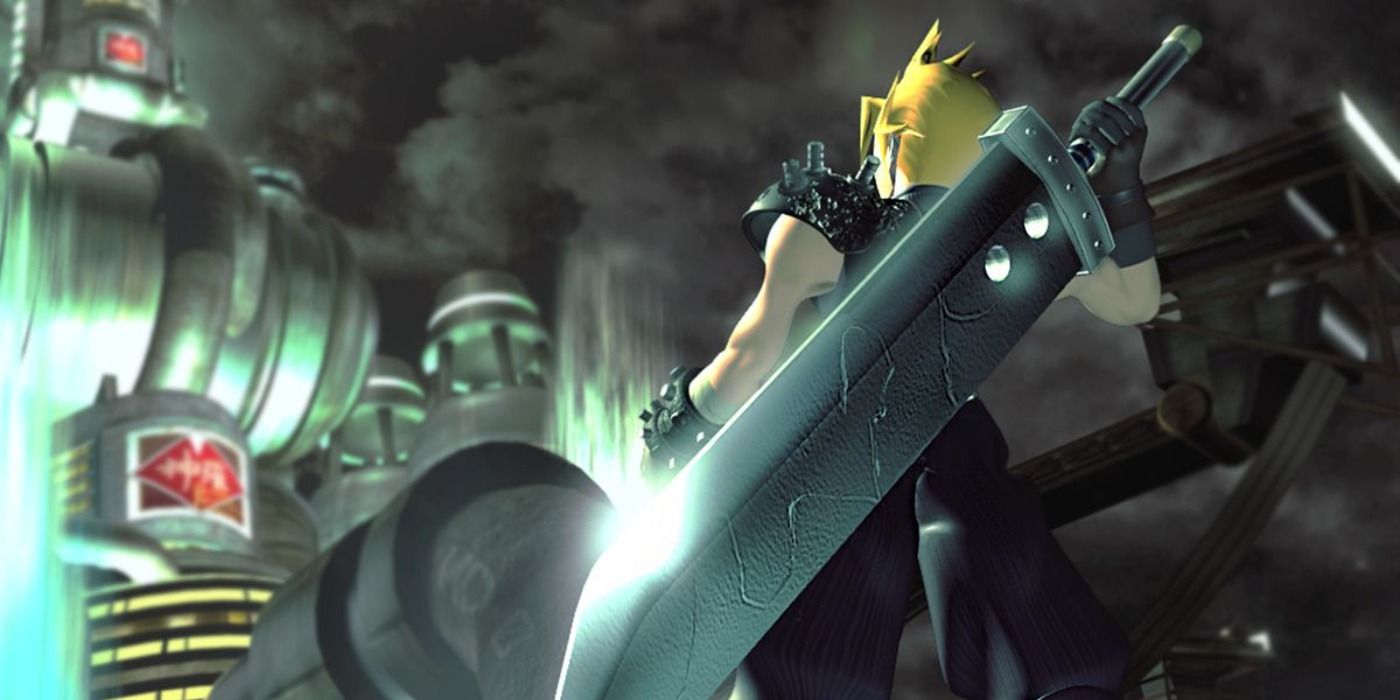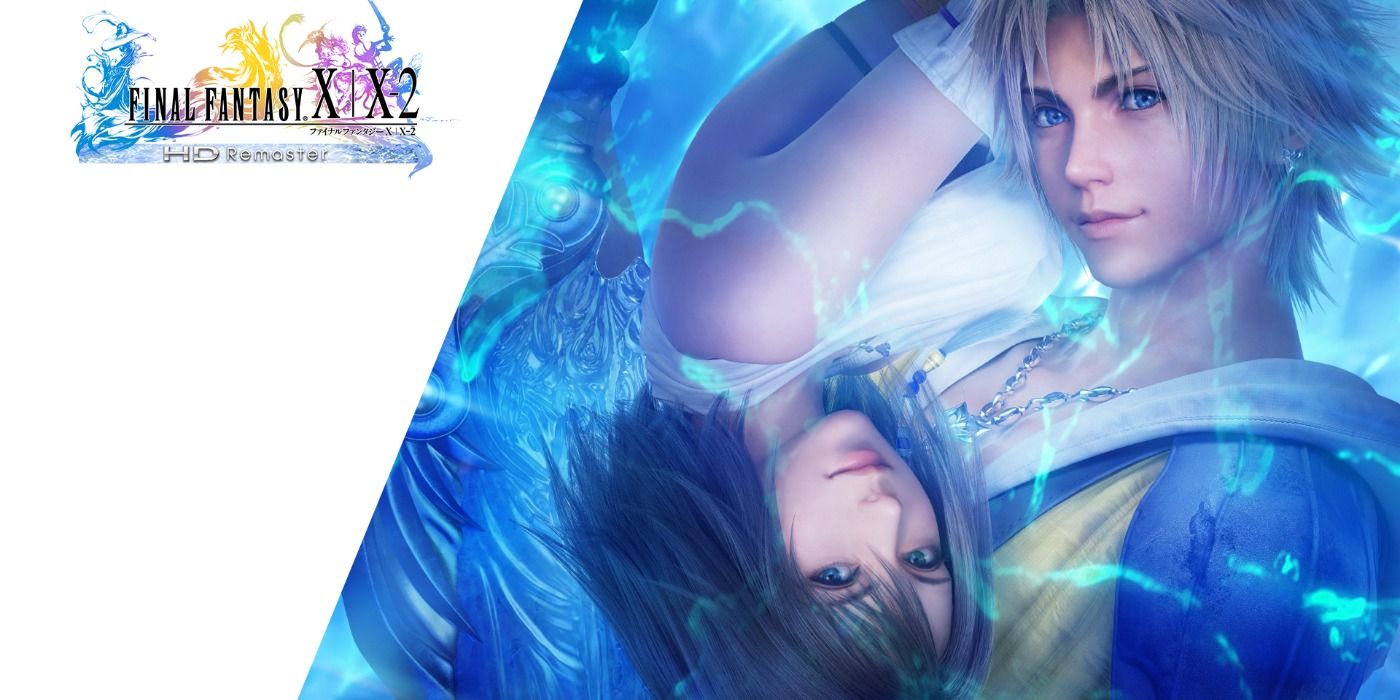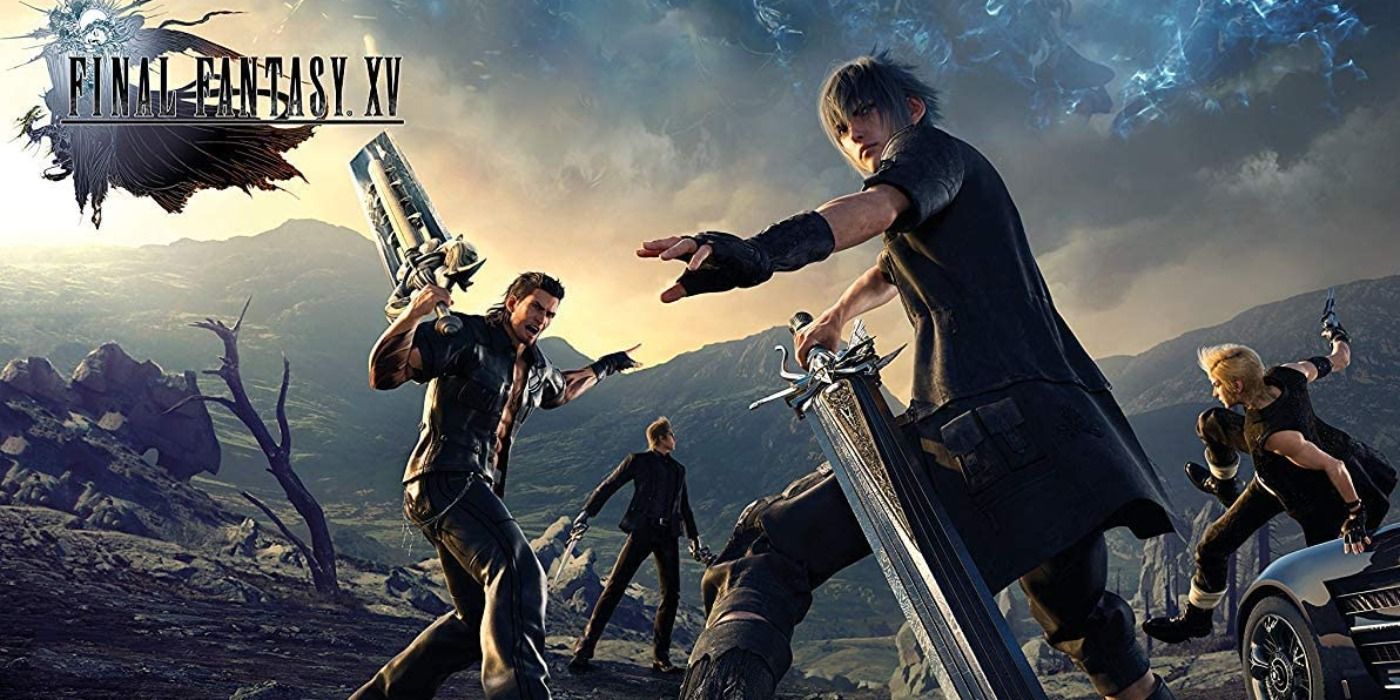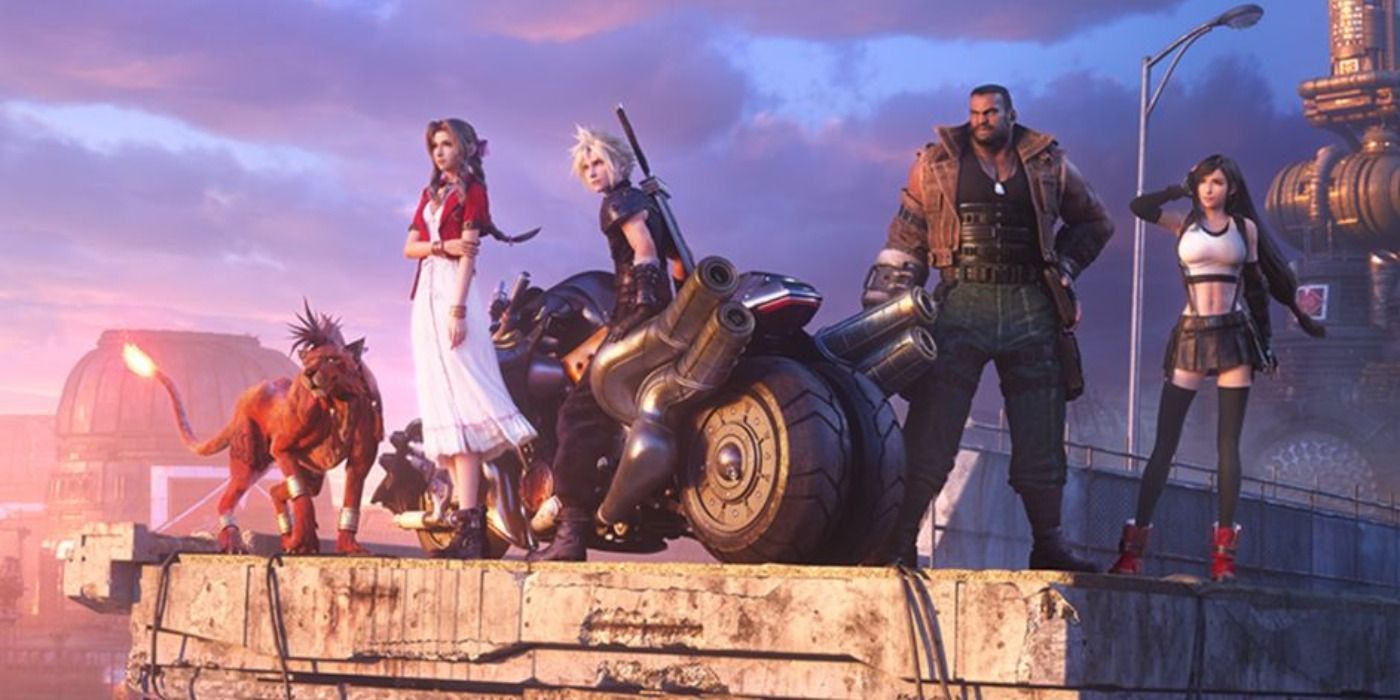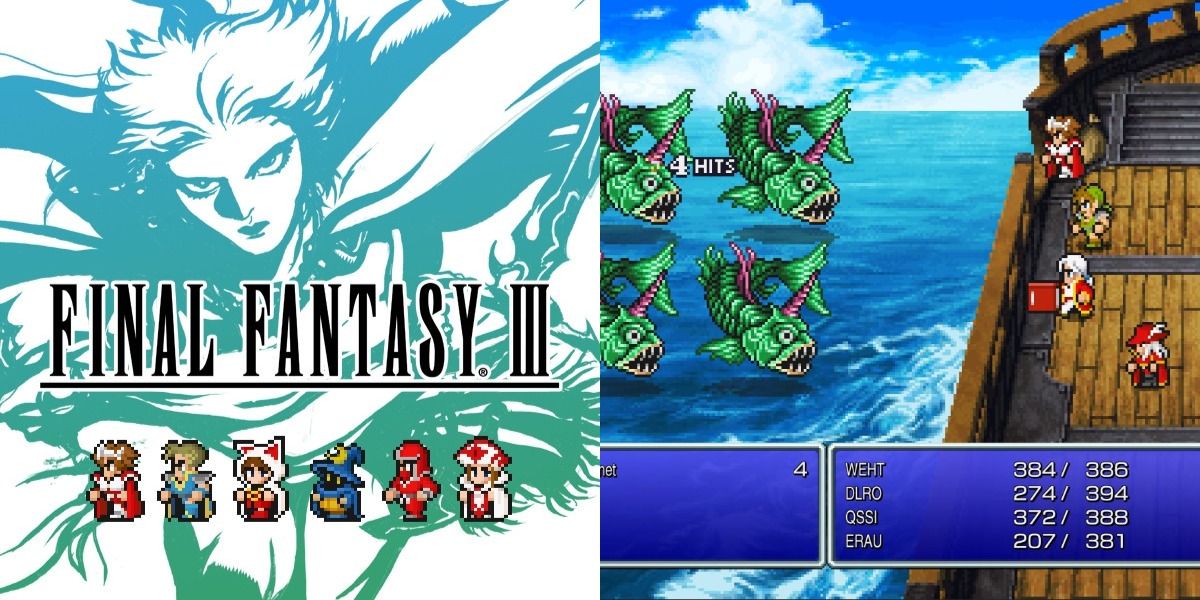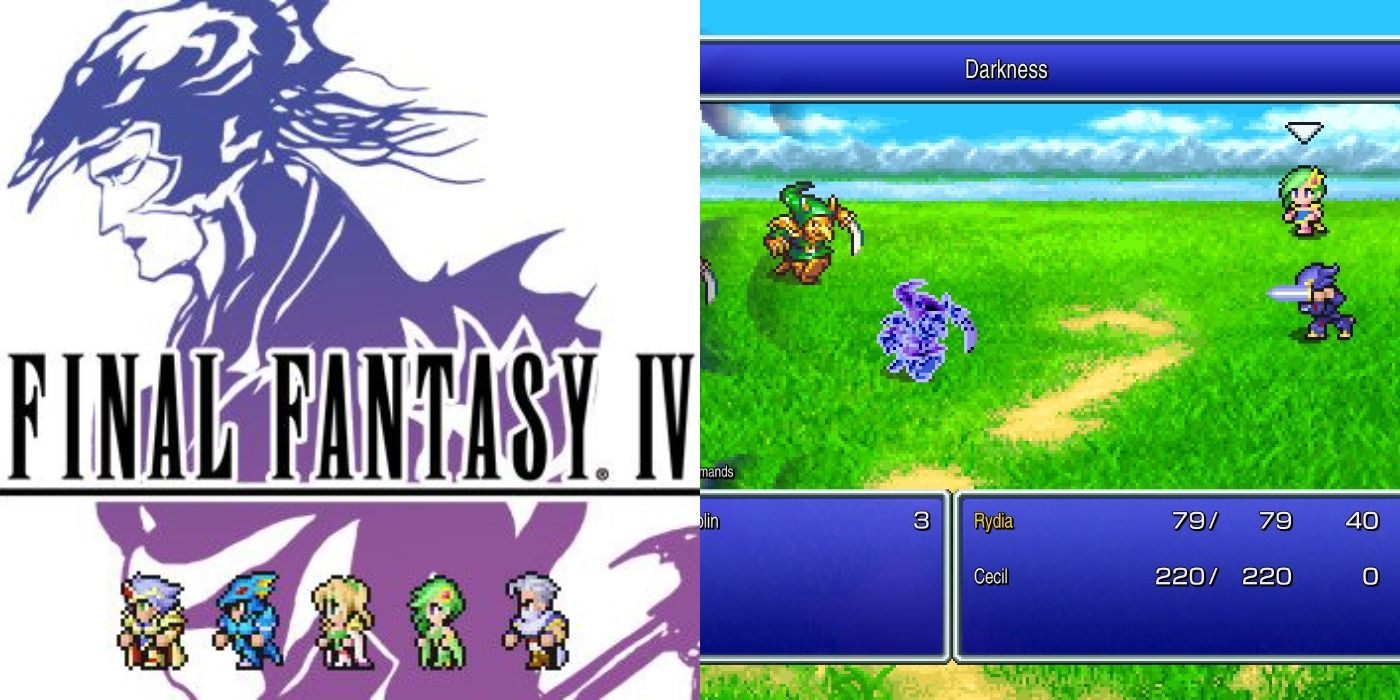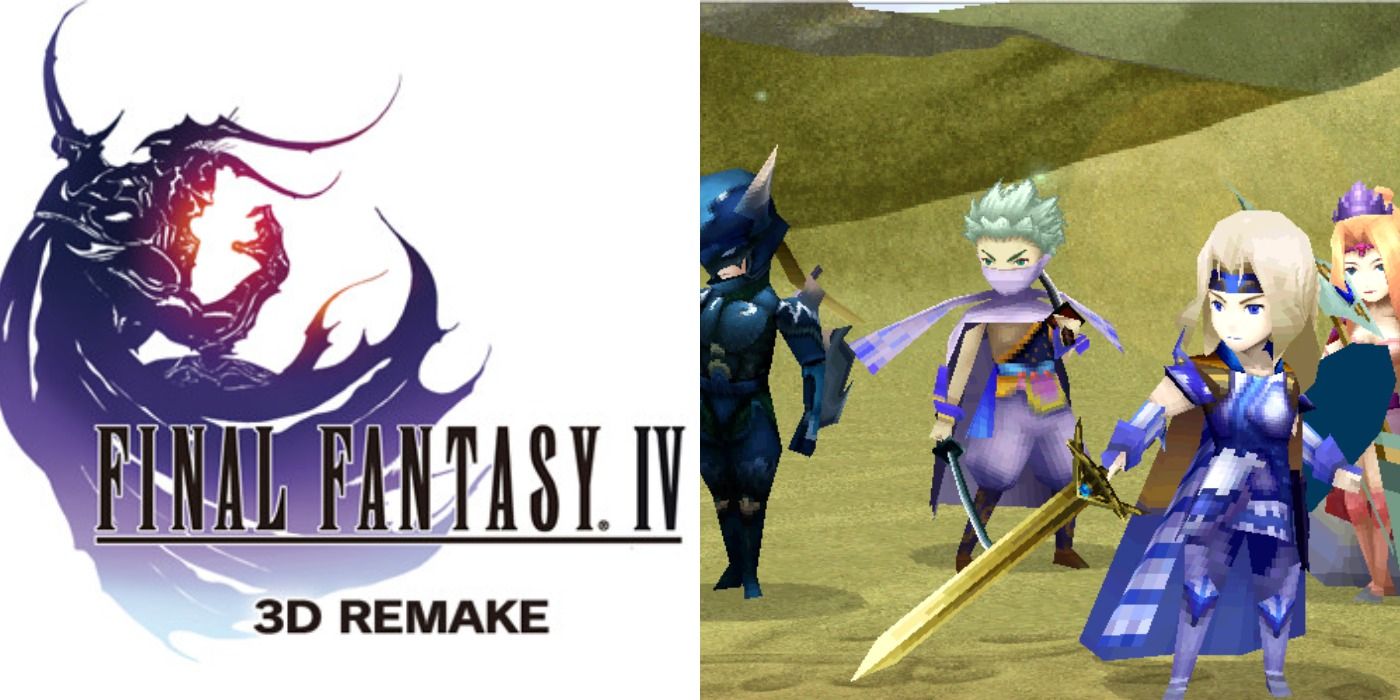To unfamiliar players looking from the outside in, Final Fantasy is a massive JRPG franchise that can appear daunting to newcomers. There are many mainline and spin-off games, and there are more than 16 main games when including the remakes.
The franchise is over 30 years old, and some games in the series haven't aged gracefully, which is understandable. But when it comes to narrative, each main entry is disconnected from the others to make them more accessible. On top of that, several games are great starting points in terms of gameplay.
Final Fantasy VI
The question of which game in the franchise is the best will likely get several different answers from fans. For many, Final Fantasy VI is one of the games with the best story. After spending a lot of time crafting high-fantasy worlds, VI goes toward sci-fi steampunk settings. The game drops the open-ended job system and brings back a fixed class system.
While to some it may be a step down in customization, it's certainly great for beginners learning the intricacies of a JRPG. It also helps make each character feel unique in contrast to the more bland characters from some earlier games. VI also features one of the best Final Fantasy villains aside Sephiroth in the form of the sadistic jester/clown Kefka.
Final Fantasy IX
While Final Fantasy VI, VII, and VIII were well-received in their own right, IX was a refreshing change of pace for many long-time fans. It brought the franchise from three straight sci-fi-inspired settings back into the high-fantasy worlds the franchise was built on. The game introduces some of the best Final Fantasy characters after VII and tells a mature, layered story despite the colorful aesthetic.
It's often regarded as one of the best PS1 games of all time and was visually impressive for its era. IX can pose an entertaining challenge while still being straightforward when it comes to explaining the mechanics.
Final Fantasy XIV
XIV is a more unconventional pick for beginners despite being a mainline entry. Like XI before it, XIV is an MMORPG. That subgenre of RPG can understandably turn off some players by default given its learning curve. However, among the rest of the MMORPG giants, Final Fantasy XIV is one of the easiest to get accustomed to.
Even going into a notably different subgenre, many fans regard this as one of the best games in the franchise. After a rocky launch, it became one of gaming's biggest comebacks, with rich stories across several expansions. It's also very accessible to new players, as the "free trial" is essentially getting the base game for free.
Final Fantasy VII
By consensus, Final Fantasy VII ranks among the best of mainline games as well. It's also arguably the most popular entry in the series. When the game launched on the PS1 in 1997, it became a cultural phenomenon and was listed in several publications as one of the best games in general ever made.
Graphically, the original FFVII certainly aged poorly, but the heartwrenching story, characters, and gameplay hold up well. It has an engrossing cast of characters with some of the best plot twists in a Final Fantasy game. The gameplay mechanics are also friendly to newcomers, with the Materia system being a great balance of simple-to-understand and layered.
Final Fantasy X
The setting of Final Fantasy X went another interesting route. It went away from sci-fi and high-fantasy to a fantasy world with tropical inspirations. X has also been made more accessible over the years, as it and its direct sequel X-2 got remastered onto PS4, XBO, Switch, and PC.
What's so impressive about FFX is how it was made as a very linear experience but doesn't suffer from blandness as XIII did. It focused in on an emotionally resonant, character-driven story and introduced the level-up Sphere Grid system. Like the Materia system, this one was also easy to learn, but can be as deep as players want to make it. Like its aforementioned PS1 predecessors, Final Fantasy X is often cited as one of the best PS2 games to hold up today.
Final Fantasy XV
The development cycle of Final Fantasy XV was undoubtedly a chaotic one. It initially started as a spin-off game of XIII called Final Fantasy Versus XIII before ultimately becoming a mainline entry. XV took a decade to release and didn't quite live up to the huge expectations, but still managed a solid critical reception.
This was the franchise's first mainline dive into the action-RPG subgenre, and while combat wasn't as polished as it could have, it was simple enough to grasp. Though the execution of the plot is disjointed, it was a fascinating, vibrant, modern-Europe-inspired world with lore and lovable characters. Noctis and co.'s relationships are certainly the main appeals of the game.
Final Fantasy VII Remake
After so many years of fans pleading to Square Enix, Final Fantasy VII Remake was finally released. It took just about five years to launch but proved to be a stunning reimagining of the classic PS1 game for modern hardware. This makes it perfect for potential fans who can't get past the original's dated visuals.
The game is going to be a series of remakes, with this first entry covering an expanded version of the Midgar story. This tale adds some much-appreciated focus on character dynamics to make things feel narratively fresh, and the real-time action combat system is a perfected version of XV's.
Final Fantasy III Pixel Remaster
Normally the NES Final Fantasy III would be too rough around the edges to recommend to new players. But Square Enix is currently releasing Pixel Remaster versions of the older games, making III a stronger pick.
As long as newcomers are interested in the nostalgic pixel art style of JRPGs, this version should provide solid gameplay mechanics and quality-of-life changes to make the core game hold up. III features an interchangeable job system, which lets players choose what characters played certain classes. It's an engaging mechanic for those willing to tinker with it.
Final Fantasy IV Pixel Remaster
It's one of the franchise classics, and the Pixel Remaster for Final Fantasy IV makes it more user-friendly for interested players in the modern age. While III can be more entertaining with its remaster, it wasn't especially known for fleshed-out stories (and neither were I and II).
IV retains the classic pixel art style while putting a much deeper focus into character development and storytelling. Plus, it has the quality-of-life improvements that the other remasters get like gameplay speed, saving, and better maps. IV also was the first to implement the classic Active Time Battle system, which adds an exciting layer of strategy to turn-based combat.
Final Fantasy IV 3D Remake (Steam)
Along with the original version and the Pixel Remaster, Final Fantasy IV also got a top-to-bottom 3D remake. The remake was originally released on Nintendo DS to strong critical reception. However, some fans noted that the remake on DS was even harsher in difficulty than the original 16-bit version.
Thankfully for newcomers, the remake was later ported to PC via Steam and added an easier difficulty setting. This is a respectable alternative way to play IV if players prefer stylized 3D models to 16-bit pixel art. An added visual benefit is that being on PC upscales the rougher DS version of the character models.


